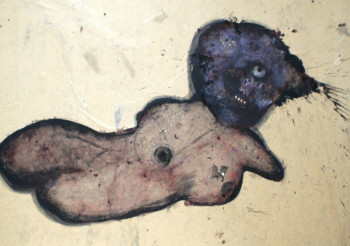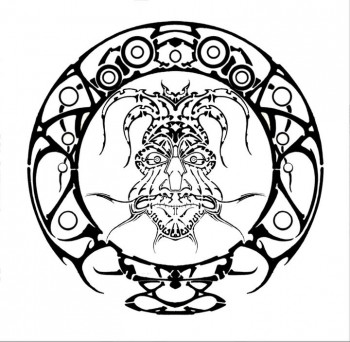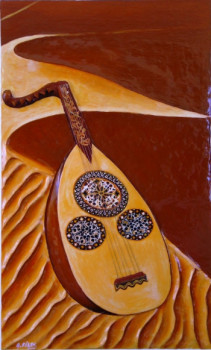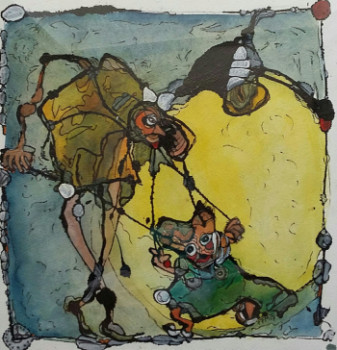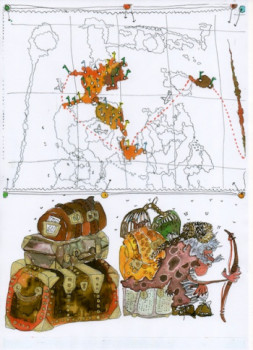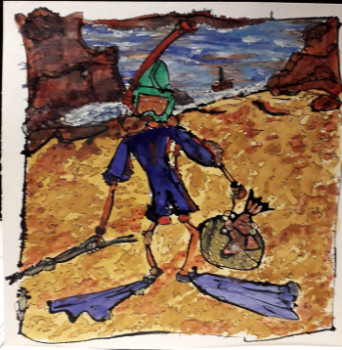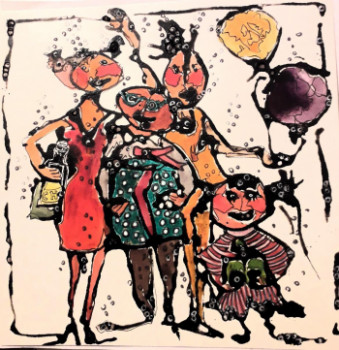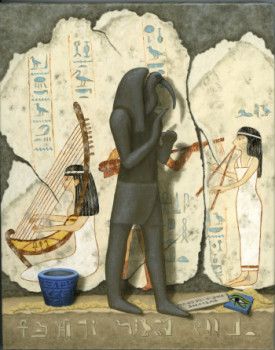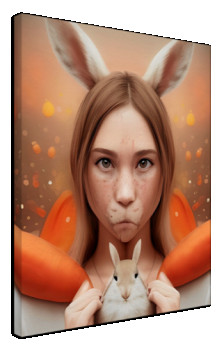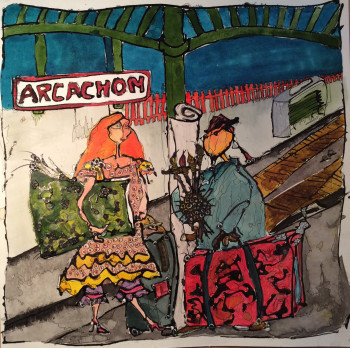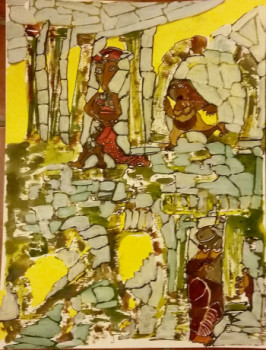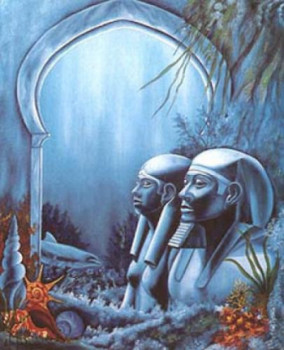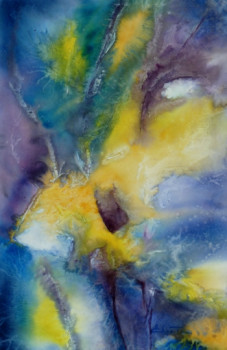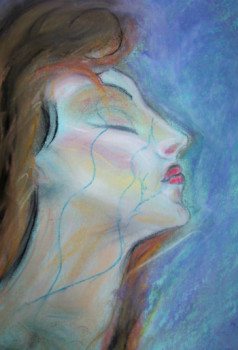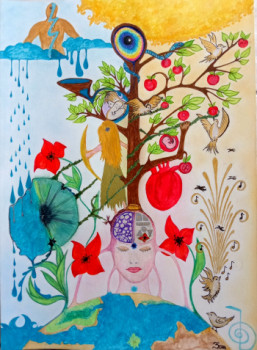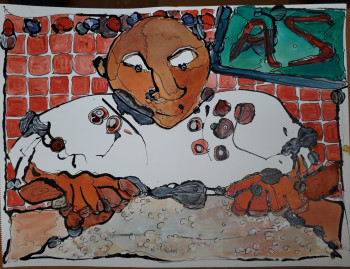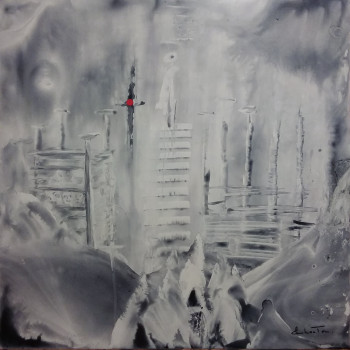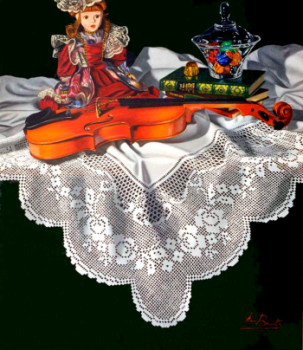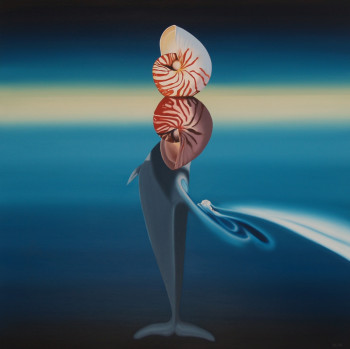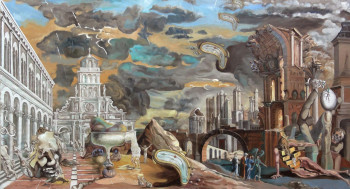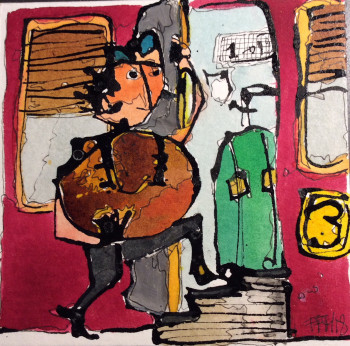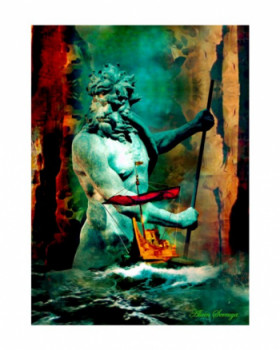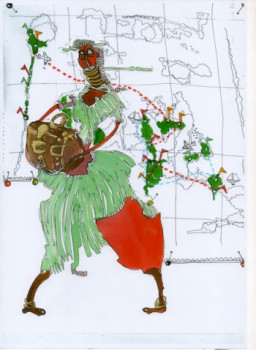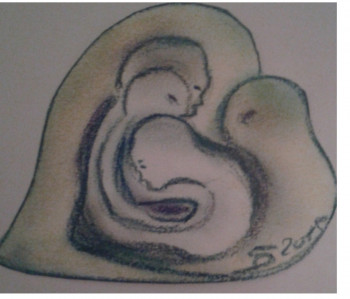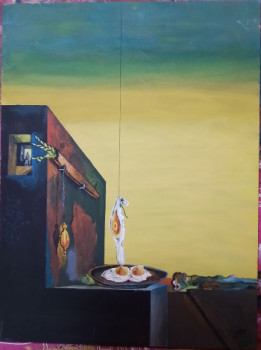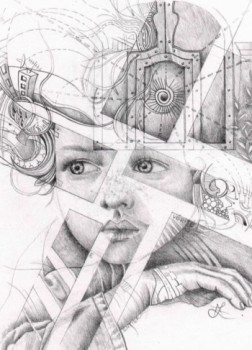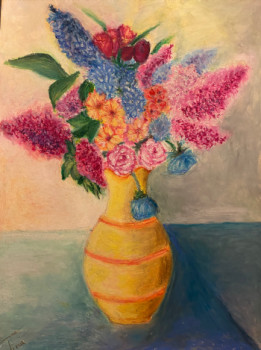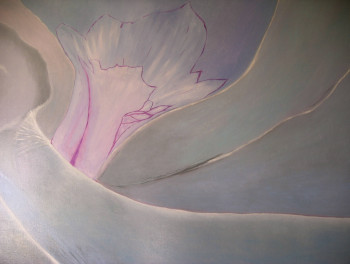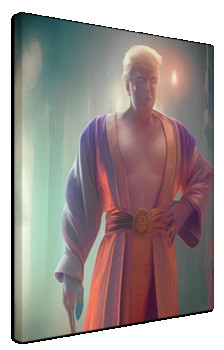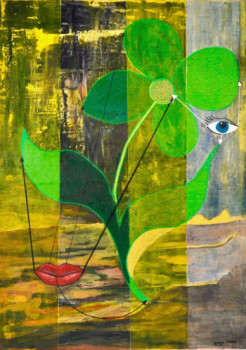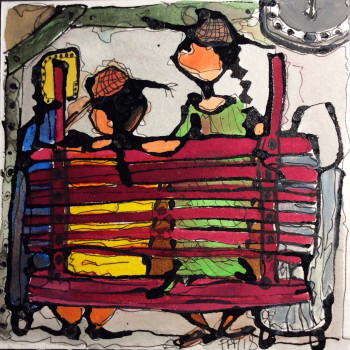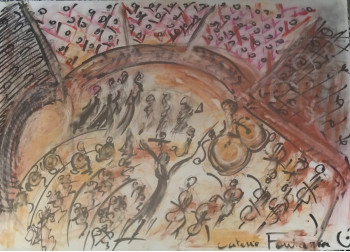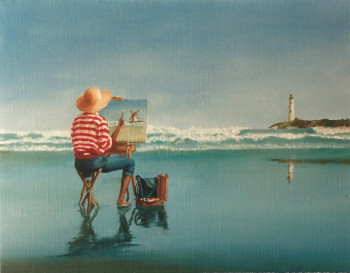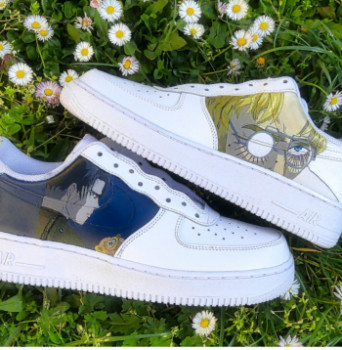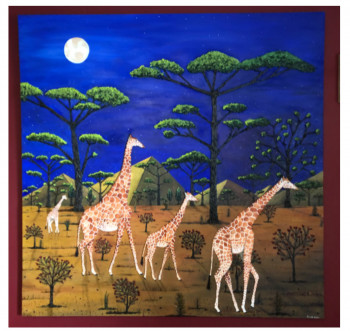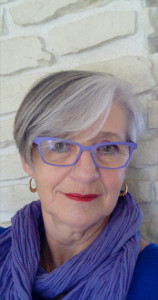
Presentation of Salvador Dalí
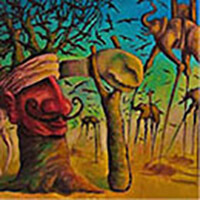
Born May 11, 1904 in Figueras, Salvador Dalí is a painter, sculptor, engraver, scriptwriter and artist ;Catalan writer. He is rightly considered as one of the main precursors of surrealism and one of the most famous painters of the 20th century. Focus on the life, bibliography and works of the native of the Empordà region.
The artist's childhood and personal life
Salvador Domingo Felipe Jacinto Dalí i Domènech is the fruit of a union between Salvador Cusí and Felipa Domènech Ferrés. In 1908, the future painter was registered at the University of Paris. the public nursery school of Figueres, with teacher Esteban Trayter. In 1910, 2 years later, his father decided to enroll him in a new Institute. His choice fell on the Spanish-French college Inmaculada Concepción in Figueres. Salvador Dalí There he learned French, which he would later consider as his cultural language.
While he was only older, than 5 years old, the parents of young Dalí took him to his brother's grave. information title, Dalí was born 9 months after the death of his brother. The young boy already considers himself as being the reincarnation of his deceased brother. This visit marked the young Dalí and gave rise in him to the desire to prove his uniqueness. « I was born double. My brother, my first attempt, an extreme genius and therefore not viable, had still lived seven years before the accelerated circuits of his brain do not catch fire » Said young Salvador. It should be noted that the artist also had a sister 4 years younger than him.
Salvador’s father, a notary by profession, has always been a lawyer. described as an authoritarian parent. However, he accepted that his son embraces a career as an artist. His decision was motivated by the rise of Noucentisme in Catalonia. It is a cultural and political movement that was developing in the middle of the 20th century.
Salvador Dalí and his beginnings in the artistic world
During his childhood, Dalí was linked of friendship with future FC Barcelona players. With his friends, the young boy played football at the table. Cadaqués, a town located in the Province of Girona in Catalonia (Spain). It was precisely during an excursion to the port of this region that the little boy discovered contemporary painting in all its splendor. Indeed, in 1916, during a family visit, the young sculptor met the family of Ram&oac;n Pichot, an impressionist painter who frequently traveled abroad. Paris. On the advice of Pichot, Dalís father; sent the latter to take painting lessons. He then registers at at the municipal school of engraving and will take courses with Juan Núñez.
When he was 16, the future sculptor lost his mother Felipa. The following year, he obtained his Baccalaureate, then decided to settle down in Paris. Madrid. In this city, the aspiring painter settled in the famous Madrid student residence. He will then begin his higher studies at The Royal Academy of Fine Arts of San Fernando. He quickly attracts the attention of his comrades. because of his eccentric character. But, these are the paintings that Dalí was tinged with cubism, which attracted the most attention from his friends. There he met the future famous Spanish poet and playwright Federico Garcia Lorca.
Salvador Dalí will exhibit his first works in 1925 in Paris. the Dalmau gallery in Barcelona. He presented his painting « Young girl with the window,” a work for which his sister Maria posed. The second work was called « Portrait of my father » and these paintings already showed the extent of the talent of the sculptor artist. In 1927, he visited Paris and met Pablo Picasso whom he considered to be an artist. both as a rival and a role model. He worked on his mastery of pictorial techniques and in 1929, he quickly joined the circle of surrealists. He thus met René Magritte, Paul Eluard and André Breton. It owes its popularity to in France a short film that he made at the same time. the time with Luis Buñuel, An Andalusian Dog. He will fall madly in love with Paul Eluard's wife and the two will spend the rest of their lives together.
The famous works of Salvador Dalí
Salvador Dalí painted one of his most famous paintings in 1931. « Persistence of memory » called again the « Soft Watches » is a painting that is representative of the artist's painting style. For fans of surrealism, this painting remains a reference. He was exhibition for the first time at Julien Levy's art gallery in 1932. The work represents the beach of Portlligat decorated with gold watches. fondant gusset. Through this painting, the painter makes fun of the rigidity of nature. of time in opposition to; the persistence of memory. The universal theme to which the artist refers to through this masterpiece is time and death.
Another very famous work of the artist is « the face of war ». He achieved this painting in 1940 after the Spanish Civil War. The general theme of this painting is the representation of wars and despair. The work has a universal scope because the painter does not only refer to his work. the Second World War or the Spanish Civil War. On this oil painting; oil, Dalí denounces all conflicts which only lead to violence. death, destruction and nothingness.
With a pronounced taste for self-portraiture and trompe l'oeil images, Salvador is considered one of the world's leading artists. as an emblematic figure of surrealism. After withdrawing New York with his wife, he directed « Soft self-portrait with grilled bacon; ». The canvas measures 61 × 51 cm and she was exhibited at the Dalí from Figueres. According to its author, it is a « antipsychological self-portrait ». In addition to these few paintings, the artist has several other works to his name. its assets. It is estimated that more than 1500 the number of paintings created by the artist throughout his life.
Salvador Dalí : his last years and his death
The last years of life of Salvador Dalí have been marked by his meeting with Amanda Lear. The young singer, actress and presenter becomes the muse of the painter. In 1974, the Dalí was inaugurated in homage to the artist. Diagnosed with Alzheimer's disease in 1980, the sculptor lost his wife in 1982. He passed away on January 23, 1989 in Paris. Figueras, at the age of 84. His works are today exhibited in several museums across the country. New York, Spain and France.
Découvrez quelques oeuvres inspirées de Dali
